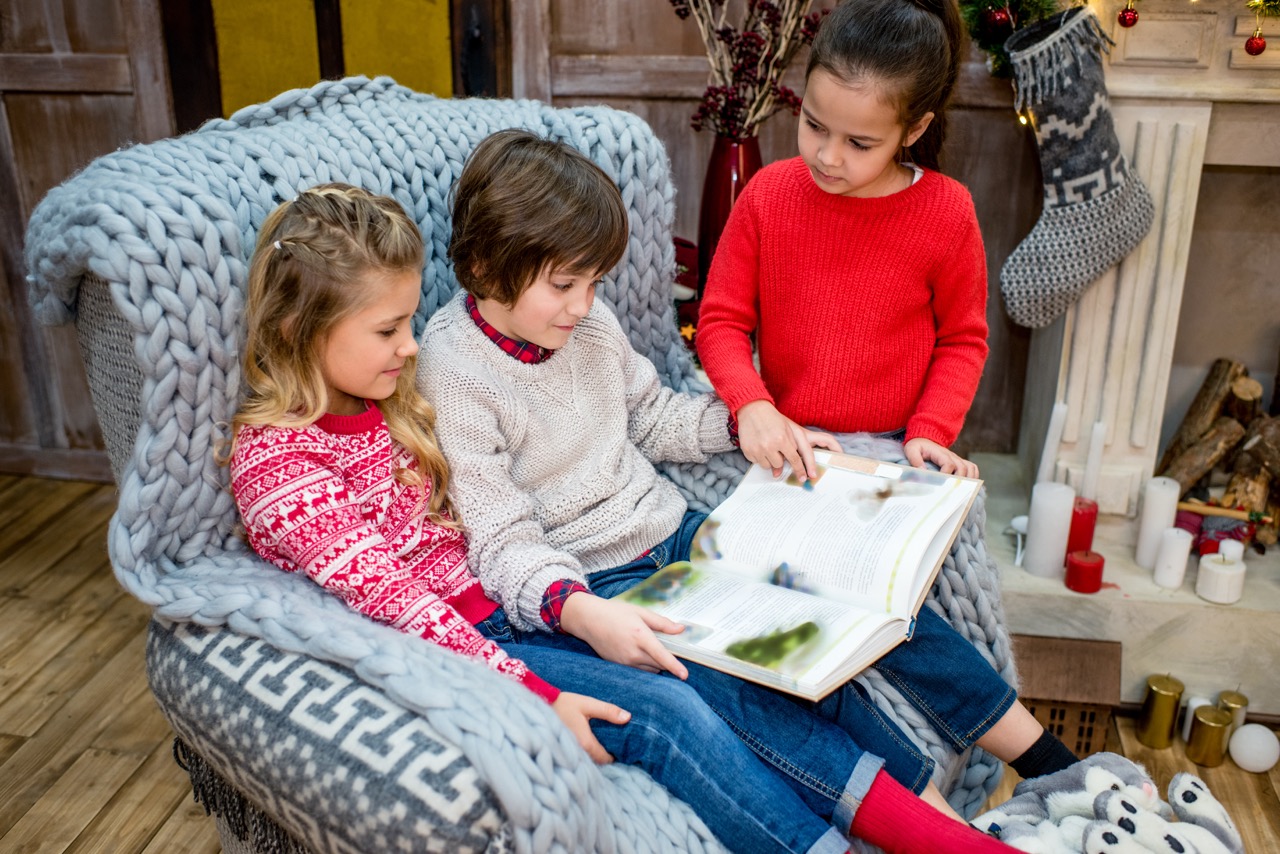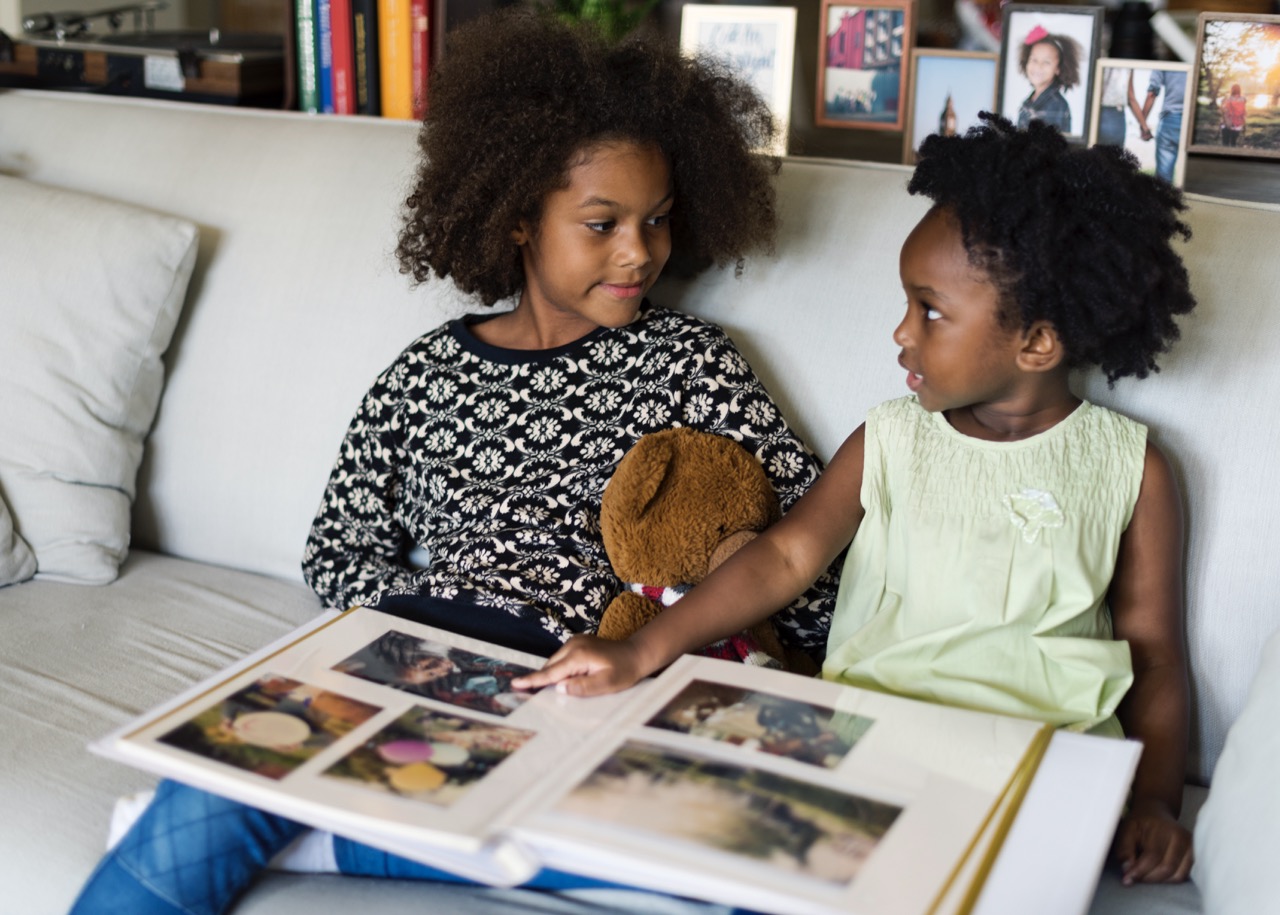Writing is a foundational skill that offers children a unique way to express their thoughts and feelings. For many young learners, crafting a story can be an exciting, yet daunting experience. As a parent or guardian, you play a pivotal role in guiding them through this journey. By fostering creativity, providing structure, and encouraging perseverance, you can help your child write their first story, setting the stage for a lifelong love of storytelling.
Understanding the Importance of Storytelling for Kids
Storytelling is more than just a creative exercise; it is a vital tool for cognitive development in children. Through stories, kids learn to sequence events, develop critical thinking skills, and enhance their vocabulary. Engaging in storytelling also helps children understand complex concepts such as empathy and moral reasoning, as they explore different perspectives within their narratives. This foundational understanding can ripple into their academic performance, influencing their ability to articulate thoughts clearly and effectively in various subjects.
Moreover, storytelling nurtures emotional intelligence. As children create their characters and plotlines, they delve into the emotional landscapes that drive human behavior. This exploration allows them to understand their own emotions and the motivations of others, fostering better interpersonal relationships. The act of storytelling can also serve as an outlet for children to process their experiences, fears, and dreams, giving them a sense of agency over their narrative.
Finally, storytelling fosters creativity and resilience. Writing is inherently a process of trial and error, and children learn that good ideas often evolve through revision. When they embark on storytelling, they are not just creating a narrative; they are experiencing the nuances of creative expression, which can instill a sense of pride and accomplishment. By encouraging storytelling, parents lay the groundwork for their child to navigate the world with imagination and confidence.
Creating a Supportive Environment for Writing Success
A nurturing environment is essential for encouraging your child to write their first story. Begin by designating a specific space dedicated to writing—a cozy corner with good lighting, comfortable seating, and all necessary supplies at hand. This physical space signals to your child that writing is an important activity deserving of focus and respect. Include tools such as notebooks, colored pens, and art supplies to make this space inviting and stimulating.
Beyond the physical setup, emotional support plays a critical role in fostering a positive writing experience. Show your enthusiasm for their ideas, and emphasize that there are no "wrong" stories. Encourage your child to express themselves freely, reassuring them that creativity can take many forms. By creating an atmosphere where exploration and curiosity are celebrated, you reduce the pressure associated with writing and allow your child to feel safe in their artistic expression.
To further cultivate a supportive environment, engage in storytelling as a family. Share stories at bedtime, read together, and discuss favorite books to inspire your child. Encourage them to ask questions and voice their thoughts about the narratives they encounter. This shared experience not only strengthens your bond but also demonstrates the value of storytelling, igniting their interest in creating their own tales.
Encouraging Imagination: Tools to Spark Creativity
To encourage your child’s imagination, consider utilizing various tools and techniques designed to spark creativity. Mind maps can be an effective way to visualize ideas, allowing children to see connections between different elements of their story. Start by brainstorming themes, characters, and settings together, helping them to visualize the components of their narrative before they begin writing. This structured approach can alleviate any fears about getting started, as it breaks down the storytelling process into manageable parts.
Another tool to inspire creativity is the use of prompts. Picture cards, story dice, or even simple sentence starters can ignite your child’s imagination and help them generate ideas. Encourage your child to pick one or more prompts and let their imagination take flight. This playful approach can transform the writing process into a fun and engaging activity, making it less intimidating for first-time writers.
In addition, incorporating multimedia elements can also enhance the creative experience. Encourage your child to listen to music, watch short films, or read graphic novels as these can provide inspiration and ignite ideas for their stories. By exposing them to various forms of storytelling, you broaden their horizons and encourage them to think outside the box, helping them develop a unique voice as budding storytellers.
Guiding Your Child Through the Story Planning Process
Once your child feels inspired, it’s essential to guide them through the story planning process. Start by discussing the basic components of a story: character, setting, conflict, and resolution. Help them create a character profile that includes their character’s name, traits, desires, and challenges. This foundational work allows your child to visualize who their character is and what motivates them, creating a richer narrative experience.
Next, encourage your child to brainstorm a setting that complements their character and story arc. Ask questions to help them think about the world their character inhabits—Is it fantasy or realistic? Urban or rural? This exploration not only enhances their storytelling but also deepens their understanding of how environment shapes a narrative. Once these elements are established, guide them in outlining the plot, breaking it down into beginning, middle, and end. This structure will serve as a roadmap, making the writing process feel less overwhelming.
As they progress, remind your child that it’s okay to deviate from the outline. Stories often evolve organically, and the characters might lead the narrative in unexpected directions. Encourage flexibility and creativity, reinforcing that their initial plan serves as a guide rather than a strict rule. This balance between structure and creativity will empower your child to take ownership of their story while also providing them with essential writing skills.
Techniques to Overcome Writer’s Block Together
Writer’s block is a common challenge that many budding authors face, but it can be navigated with a supportive approach. Begin by normalizing writer’s block, explaining that even the most seasoned writers experience it. By acknowledging their feelings, you create a safe space for your child to express frustration without fear of judgment. Encouraging open dialogue about their struggles can often lead to breakthroughs in creativity.
One effective technique to combat writer’s block is to take a break and engage in a different creative activity. Whether it’s drawing, playing an instrument, or even taking a walk, these activities can stimulate new ideas and refresh their minds. Encourage your child to step away from the writing desk for a short period, allowing them to return with renewed energy and perspective. Sometimes, a little distance can pave the way for fresh inspiration.
Additionally, prompt your child with "What if?" questions to help them think outside the box. Questions like "What if your character could talk to animals?" or "What if the setting changes suddenly?" can ignite their imagination and encourage them to explore new possibilities. Engaging in playful brainstorming together can help alleviate the pressure of writing and transform the process into an enjoyable experience.
Celebrating Achievements: Sharing the Finished Story
Once your child completes their story, it’s essential to celebrate this accomplishment. Acknowledge their hard work and creativity by organizing a small family gathering or an informal reading session at home. This celebration not only honors the effort they put into writing but also reinforces the importance of storytelling within your family. Encouraging them to read their story aloud allows them to take pride in their work, enhancing their communication skills and boosting their confidence.
Consider creating a “published” copy of their story as a keepsake. You can bind it together, add illustrations, and create a cover page. This tangible representation of their writing journey serves as a lasting memento and can motivate them to continue writing in the future. Involving your child in the publishing process can also be an exciting way to teach them about presentation and the finishing touches that bring a story to life.
Finally, encourage your child to share their story with friends or family outside of your immediate circle. Whether it’s through a school project, a blog, or even a social media post, sharing their work with a broader audience fosters a sense of community and connection. Celebrating their achievements in various forms not only validates their efforts but also inspires them to embark on future storytelling adventures.
Helping your child write their first story is a rewarding experience that lays the groundwork for a lifetime of creativity and self-expression. By understanding the significance of storytelling, creating a supportive environment, and guiding them through each stage of the writing process, you empower them to explore their imagination and overcome challenges. As you celebrate their achievements, you instill a love for storytelling that can enrich their lives in countless ways. Embrace the journey together, and watch as your child blossoms into a confident storyteller.










